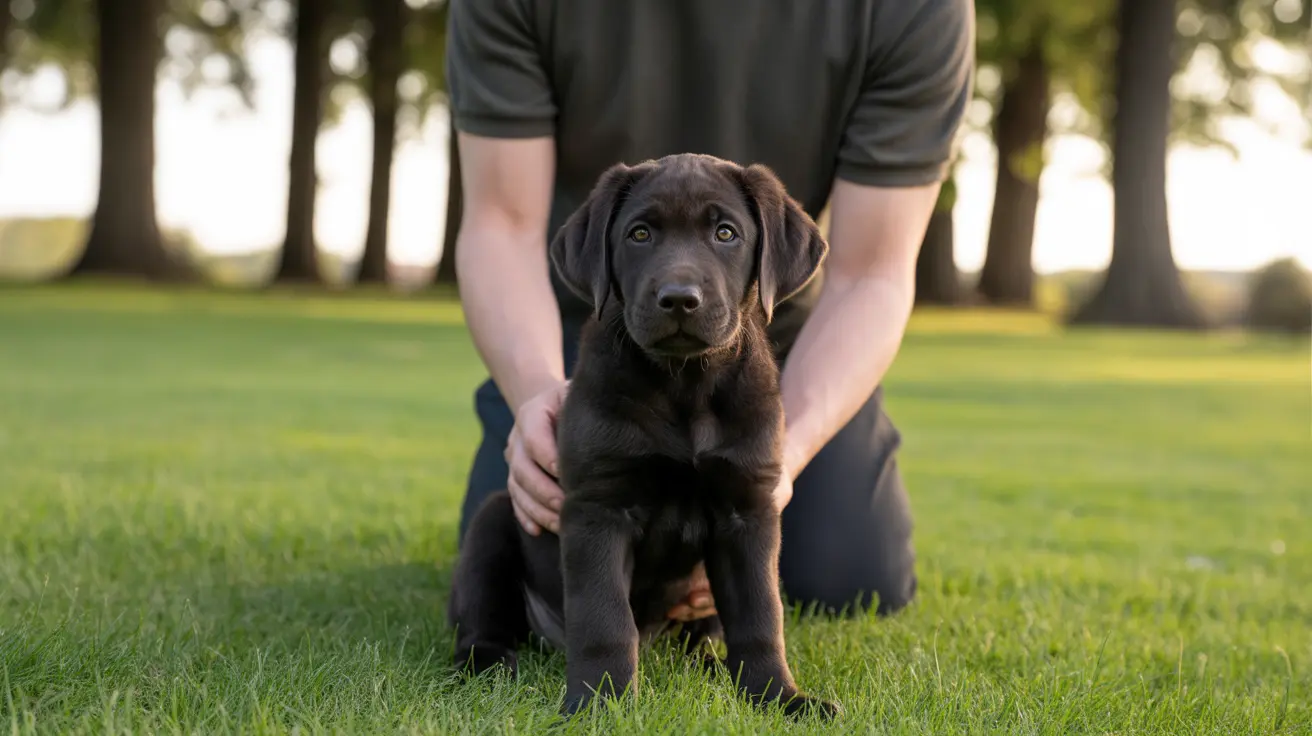Do Dogs Mind If You Touch Their Tail?
Understanding a dog’s tail is essential to interpreting their emotional state and ensuring respectful human-canine interactions. A dog’s tail is not merely a furry extension — it serves as a sophisticated communication tool. Pet owners often wonder whether it’s acceptable to touch a dog’s tail. The answer, while not black and white, heavily depends on the individual dog's temperament, experience, and current emotional state.
The Tail's Role in Communication
A dog’s tail is one of the most expressive parts of its body, used to convey a wide range of emotions and intentions to both humans and other dogs. Tail wagging is not always a sign of happiness; it can also signal:
- Excitement or anticipation
- Anxiety or submission
- Confidence or alertness
- Fear or aggression
The way a dog wags its tail reveals further nuances. For instance, a high, loosely wagging tail often suggests excitement or confidence, while a low, tucked tail can indicate fear or submission. Some dogs will wag stiffly and slowly when feeling threatened, which could precede defensive behavior.
Is Tail Wagging Voluntary?
Tail wagging is both instinctive and learned. Puppies begin wagging at around three to four weeks old and refine this behavior by observing other dogs. While dogs control their tail muscles to a degree, much of the movement is involuntary, akin to humans blushing or smiling reflexively based on emotional stimuli.
Because much of this wagging is not under conscious control, dogs may not even realize they're wagging. As such, their reaction to being touched on the tail can be reflexive and tied to their inner state.
Emotional Impact of Tail Touching
Touching a dog’s tail can sometimes be interpreted as invasive or threatening. Dogs rely on their tails to express themselves, and interference—especially from unfamiliar people—may cause discomfort. This is particularly true in situations where:
- The dog is feeling anxious or uncertain
- The dog has a history of trauma or sensitivity to touch
- The dog is not familiar or bonded with the person touching them
In some cases, dogs may tolerate tail contact from trusted humans, especially if they have been desensitized slowly and positively. However, many dogs will instinctively move away or show signs of stress if their tail is touched unexpectedly.
Breed and Tail Considerations
Tail types vary among breeds, influencing both communication style and comfort with handling. For example:
- Breeds with long, expressive tails — Their tail movements are easier to decode, but they may also be more sensitive to touch.
- Breeds with docked or naturally short tails — These dogs might rely on full hindquarter movement for expression but may still dislike tail handling.
- Curled-tail breeds like Huskies or Pugs — These tails are held high naturally and may send social signals that need contextual understanding.
Direction and Style of Wagging
Scientific research indicates that the direction and speed of wagging convey deep emotional cues. For instance:
- Right-biased wags — Indicate positive emotions such as anticipation or friendliness.
- Left-biased wags — Suggest anxiety or uncertainty.
- Fast, relaxed wags — Are a clear sign of joy.
- Short, stiff wags — Can signal stress or defensive readiness.
Understanding these subtleties can help owners interpret their dog's feelings more accurately and avoid actions, like tail-touching, that may be perceived negatively.
How to Approach Tail Handling
If you must touch a dog’s tail, it should be done cautiously and respectfully:
- Watch body language — Signs of discomfort include growling, tensing, lip-licking, or attempts to move away.
- Build trust — Allow the dog to sniff and become comfortable before attempting any contact near the tail.
- Desensitize gently — With positive reinforcement, reward calm behavior when touching near the tail during routine grooming or vet checks.
- Never touch a strange dog's tail — This can provoke fear or aggression quickly.
Conclusion: Respect Their Boundaries
In essence, a dog's tail is an extension of its emotional world. Some dogs might not mind occasional touch, especially when relaxed and trusting. However, for many, tail-touching is intrusive. Honoring these boundaries fosters better communication and a healthier relationship between humans and dogs. If in doubt, observe their body language and always err on the side of caution and respect.





